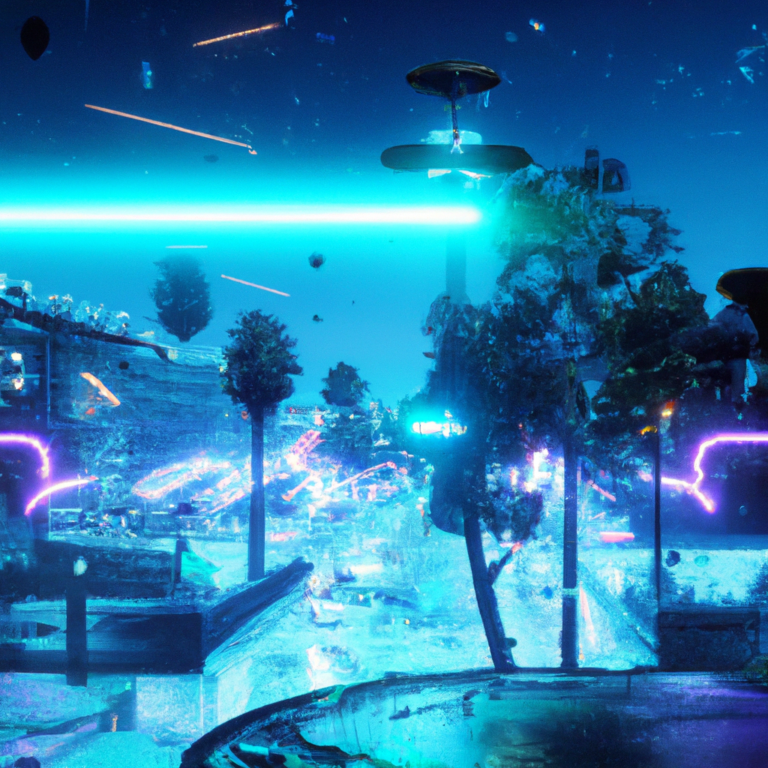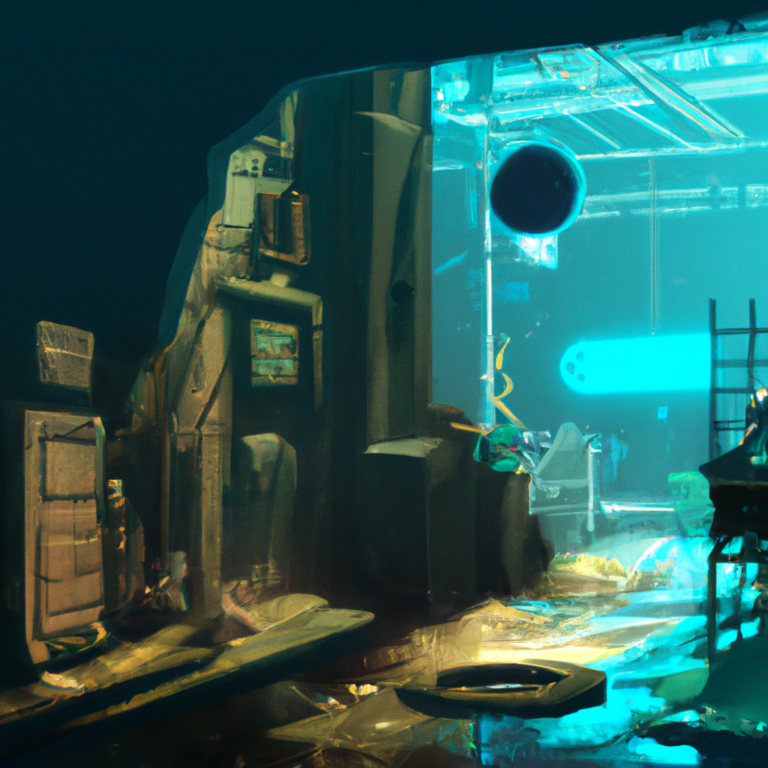“Unlocking New Realms: The Infinite Potential of Virtual Reality in Game Development”
Virtual reality (VR) has come a long way since its inception, and it is gradually becoming a significant part of the gaming industry. With the constant advancements in technology, virtual reality has managed to captivate and engage users in a way that was once considered impossible. Today, VR is not just a luxury for the gaming elite, but an accessible and immersive experience for players worldwide. This blog post delves into the potential of virtual reality in game development and how it can revolutionize the industry.
One of the most significant potentials of virtual reality in game development is the ability to create highly immersive experiences. With VR, players can step into a game’s world, interact with its characters, and experience the story as if they were physically present. This level of immersion, which is currently unmatched by any other gaming medium, enables developers to create highly engaging, interactive, and memorable experiences.
Furthermore, the potential for VR in game development extends to the creation of new genres and game styles that were previously unimaginable. By taking advantage of the unique aspects of virtual reality, such as its 360-degree view and motion tracking capabilities, developers can design games that simply would not be possible in traditional gaming formats. For example, in a VR game, players can experience being in the cockpit of a spaceship, piloting it through asteroid fields, or becoming a professional athlete, competing against virtual opponents on a life-sized playing field.
Another avenue of potential for VR in game development is its use in rehabilitation and therapy. Physical and occupational therapists are already using virtual reality games to help patients recover from injuries and improve their motor skills. Virtual reality can also serve as an essential tool for cognitive behavioral therapy, allowing patients to confront their fears and anxieties in a controlled environment. The potential for these types of applications in gaming is immense, providing developers with an opportunity to create meaningful and impactful experiences.
In addition to these exciting possibilities, virtual reality technologies can also enhance the social aspects of gaming. Multiplayer VR games can bring people together from all around the world, enabling them to interact with one another in a shared virtual space. This not only fosters a greater sense of community and camaraderie among gamers but also opens up the potential for unique collaborative gaming experiences.
However, the potential of VR in game development is not without its challenges. The high cost of VR hardware and the need for powerful PCs capable of running VR games can be prohibitive for many consumers. Motion sickness and other physical discomforts may also discourage some users from engaging with VR games. Nonetheless, as technology continues to advance, it is expected that these issues will be addressed, making virtual reality a more accessible and comfortable gaming experience.
In conclusion, the potential of virtual reality in game development is vast, promising a future where the lines between virtual and real become increasingly blurred. The immersive nature of VR, coupled with the opportunities for unique gameplay experiences, rehabilitation, therapy, and social interaction, make it an exciting and innovative frontier for game developers. As technology continues to evolve, we can expect virtual reality to play an increasingly significant role in shaping the future of gaming.






